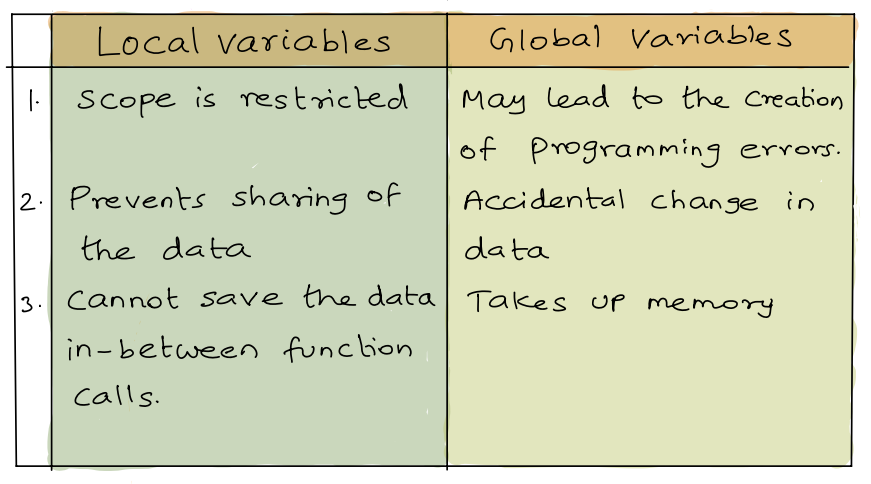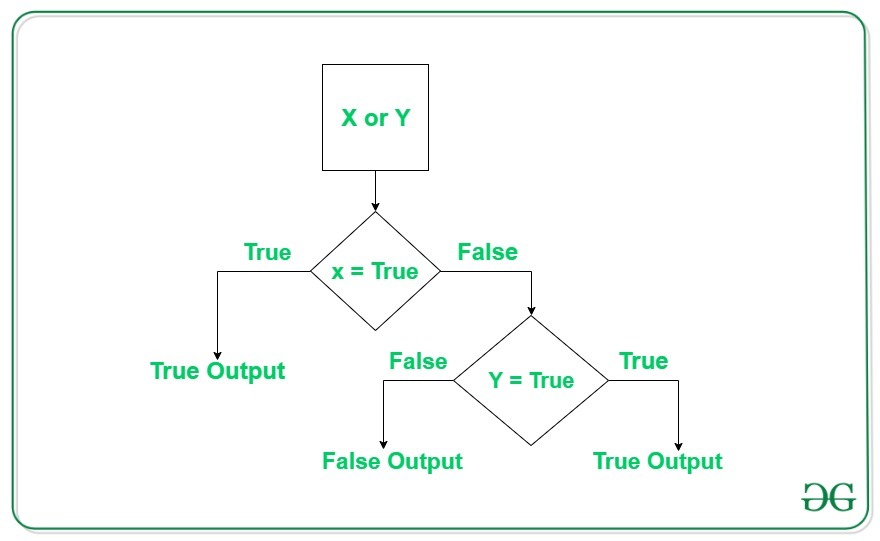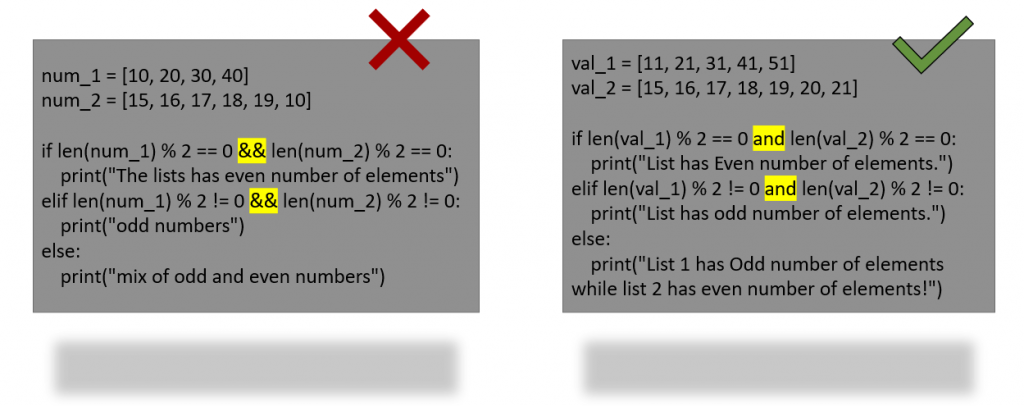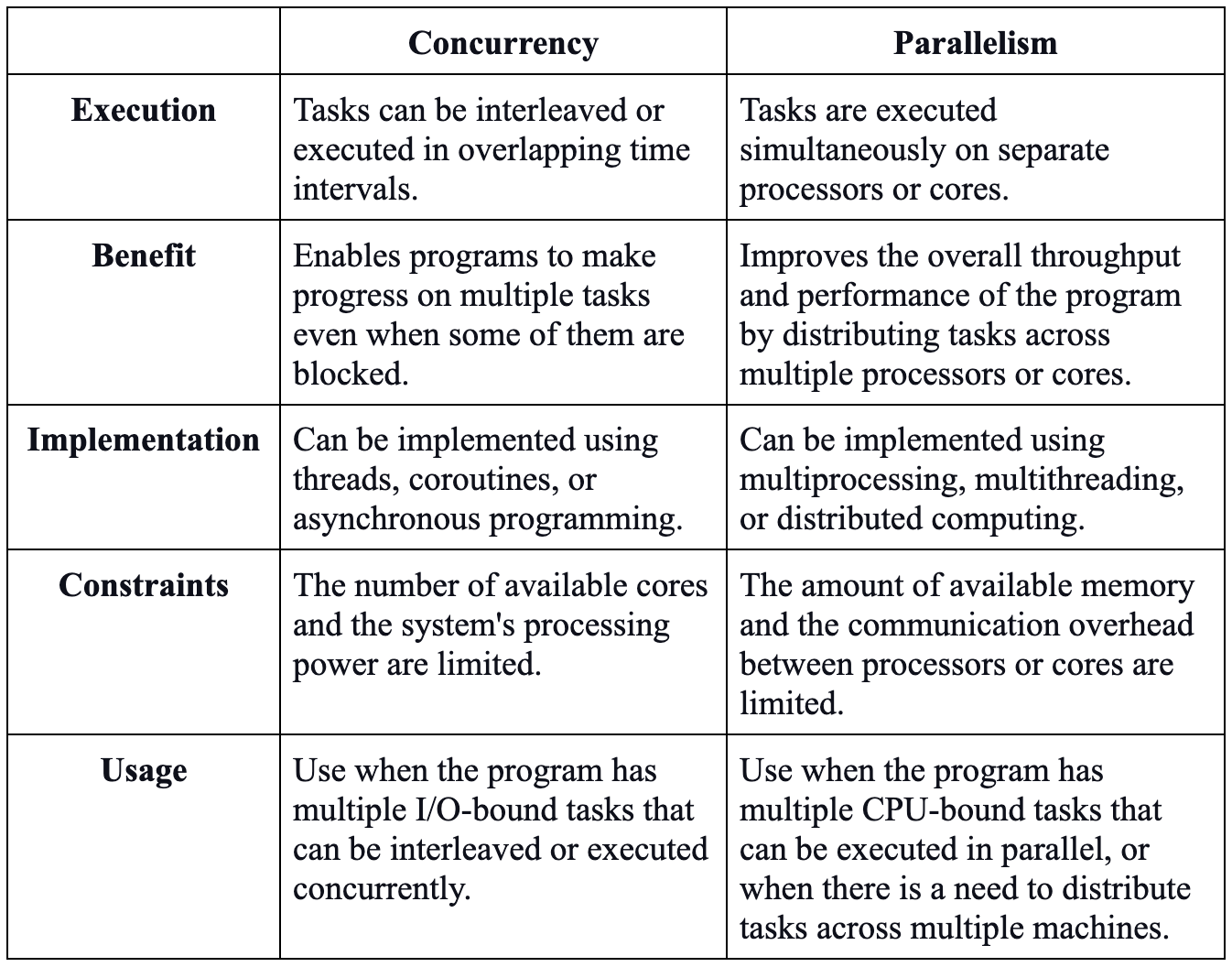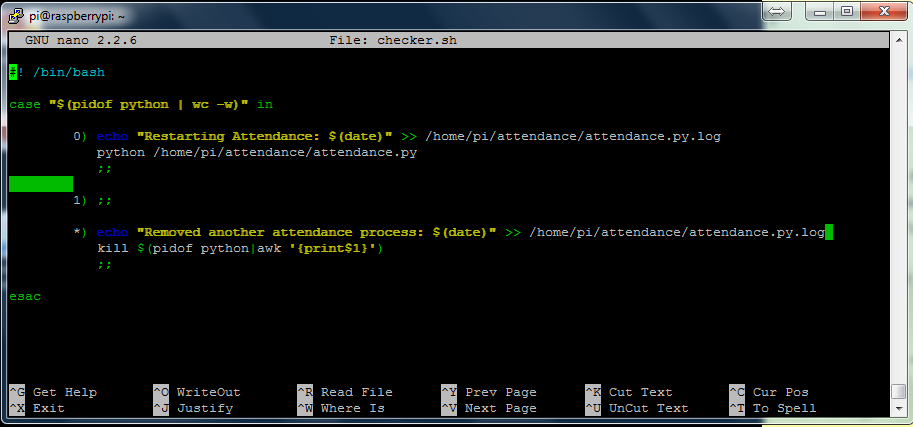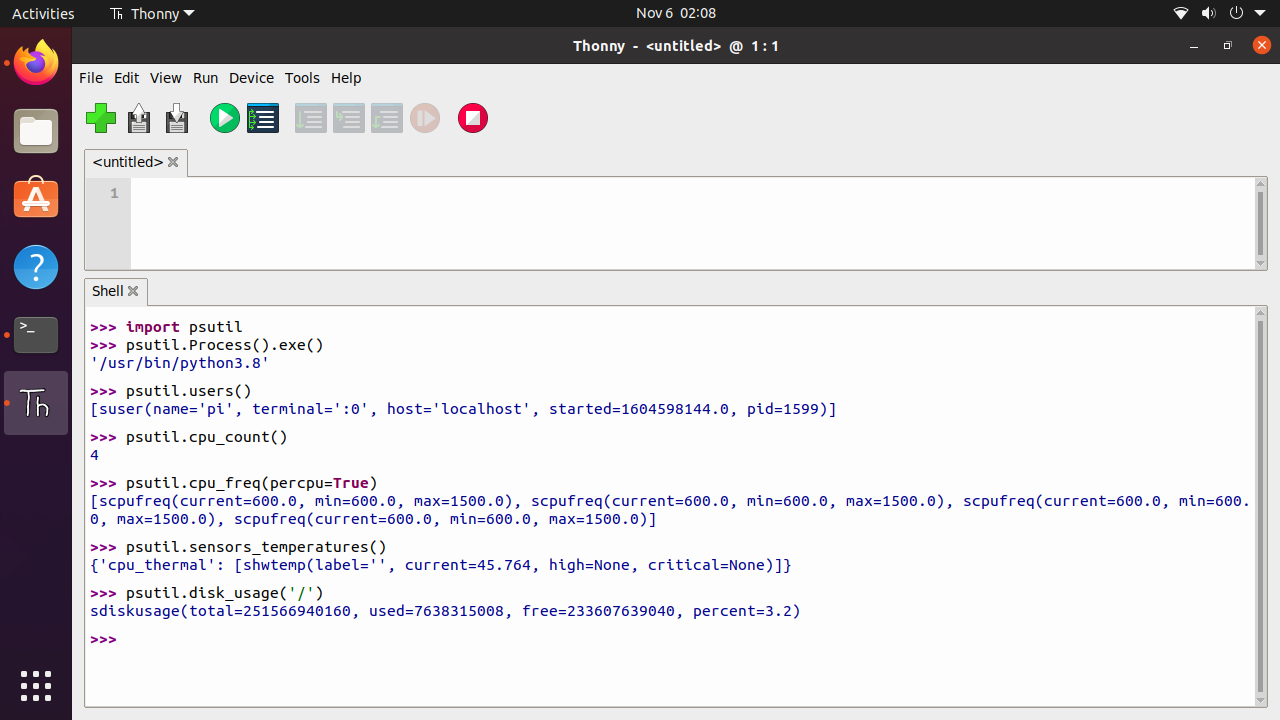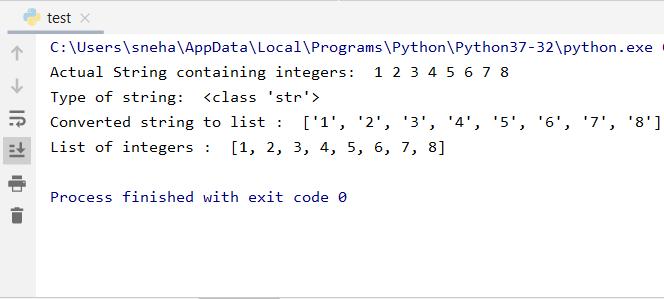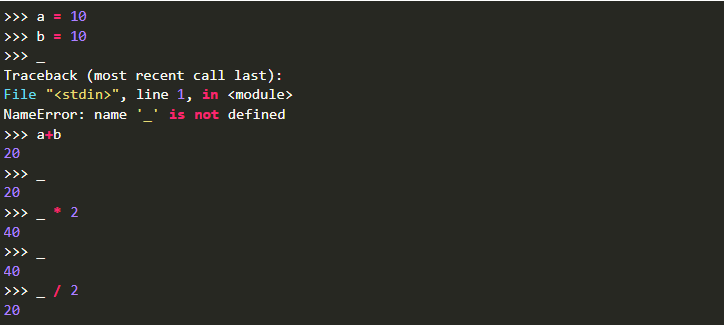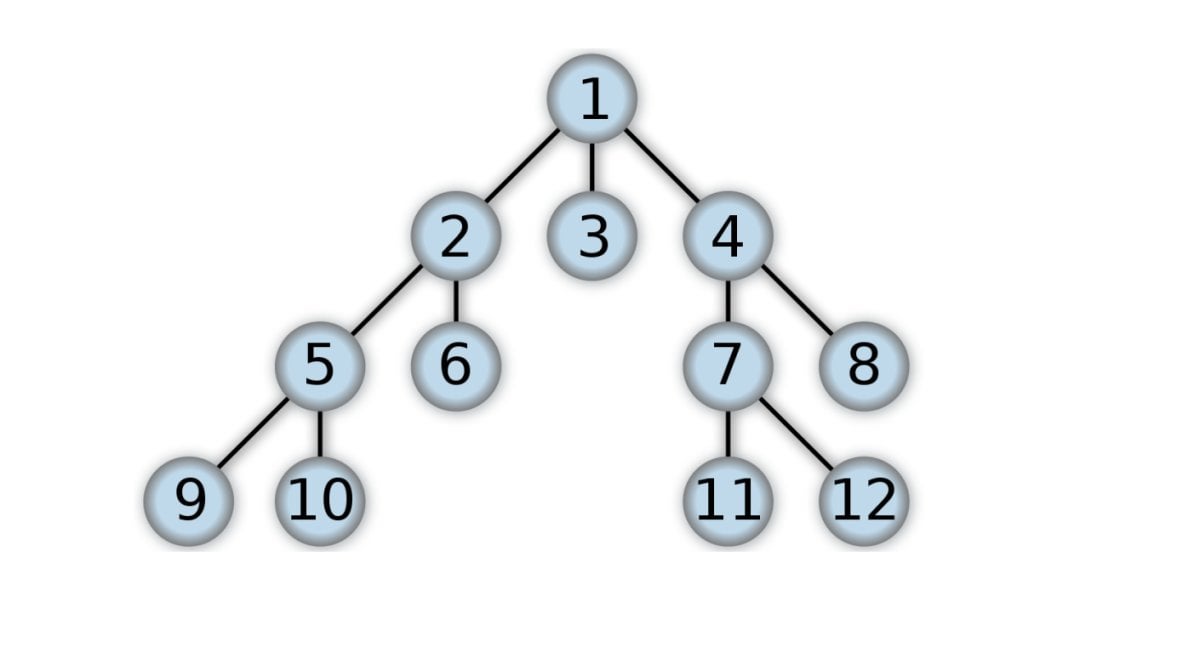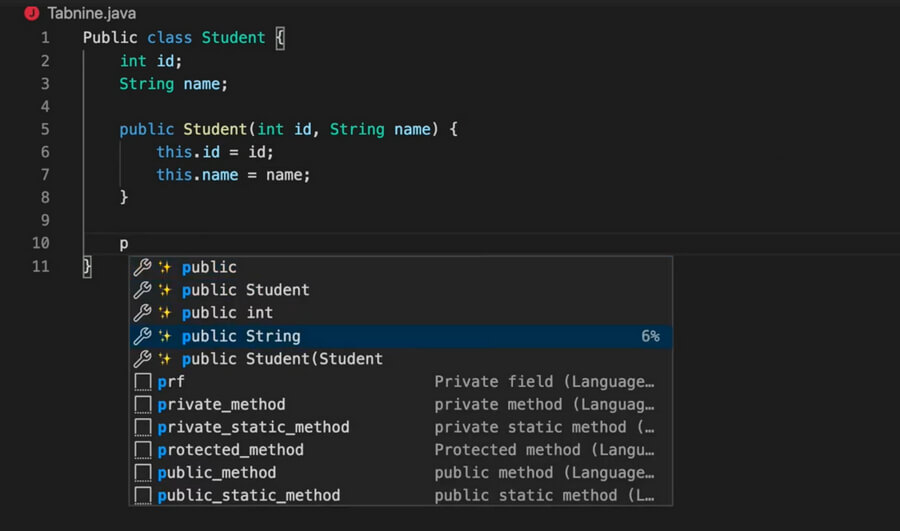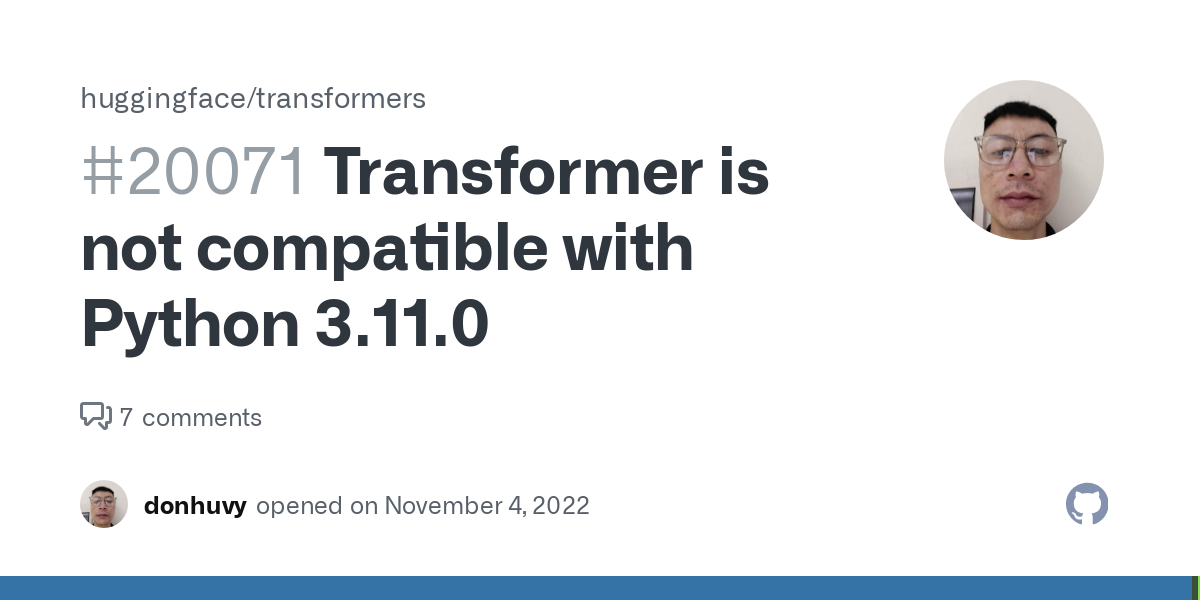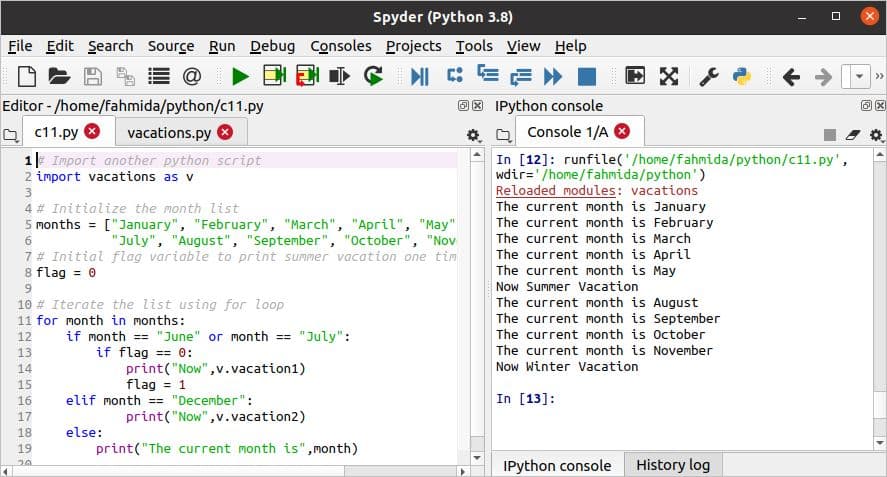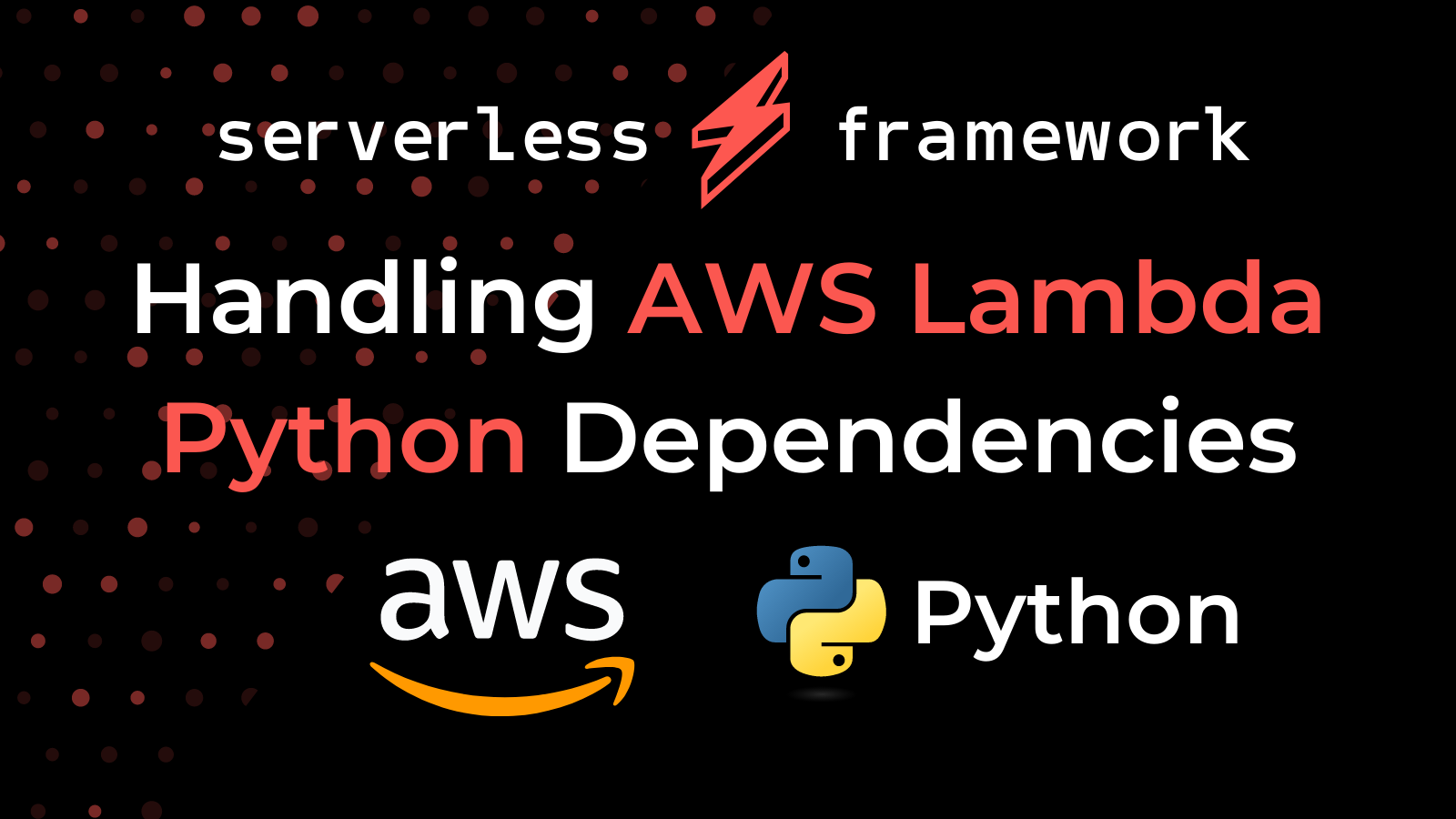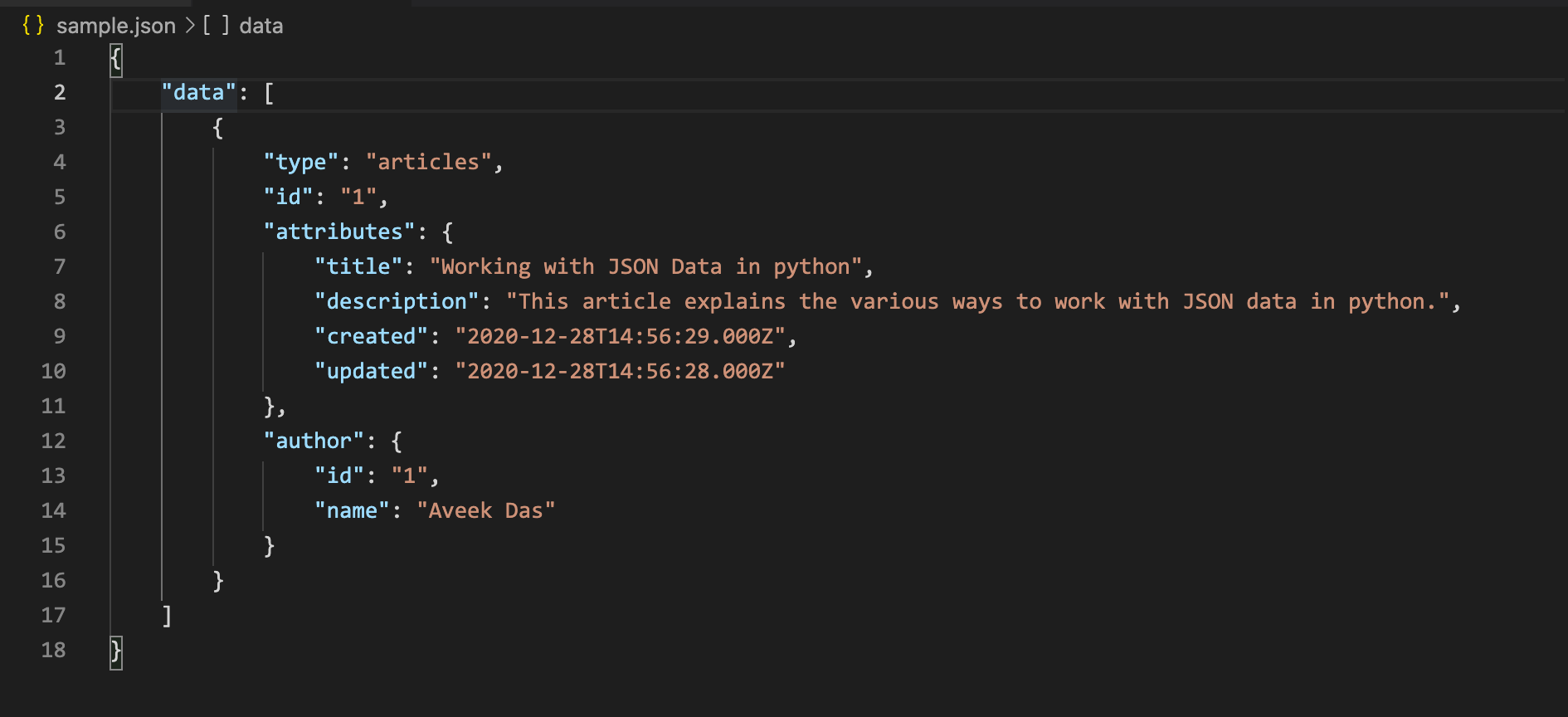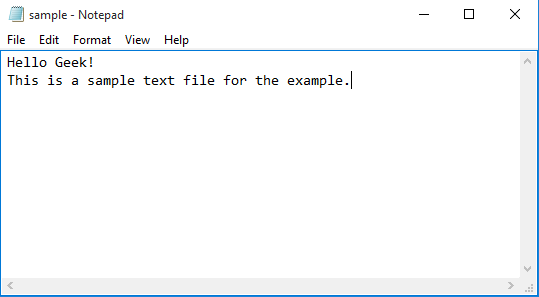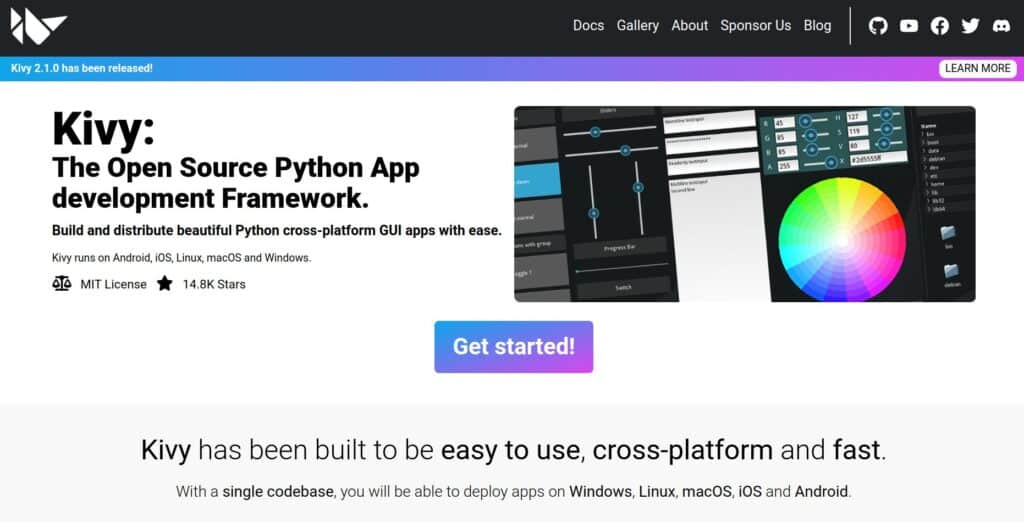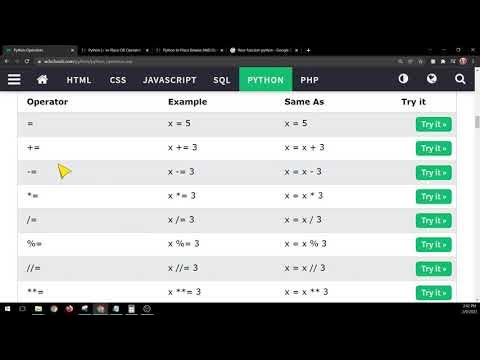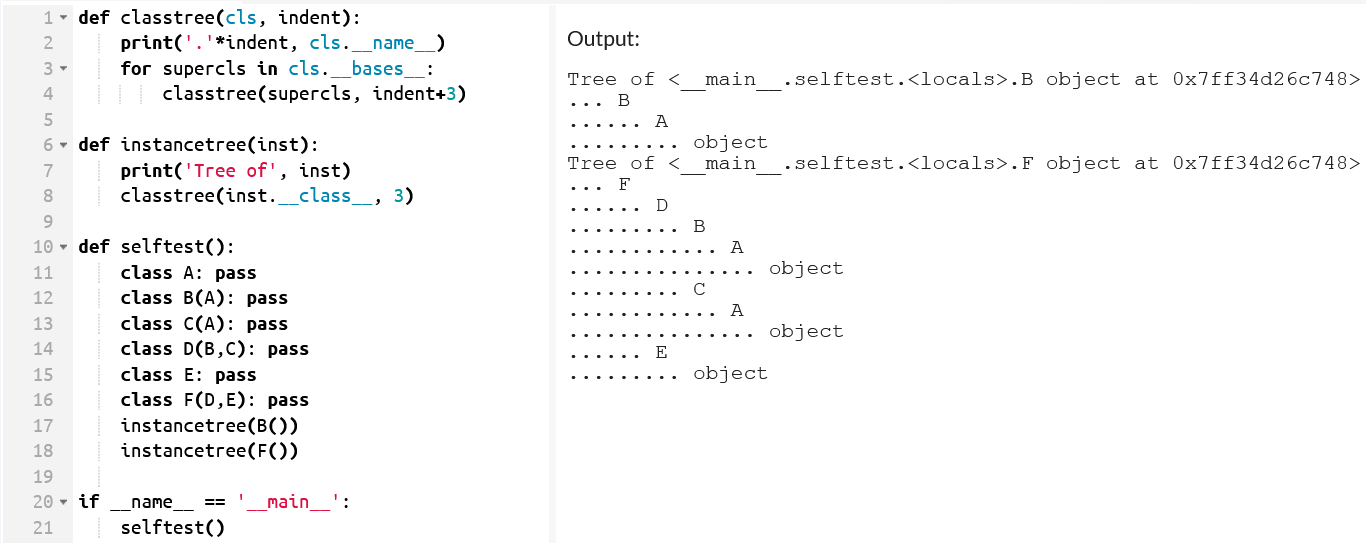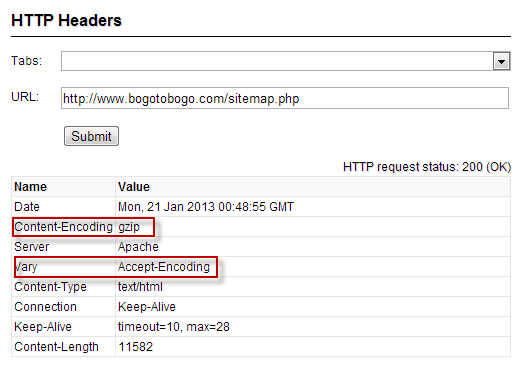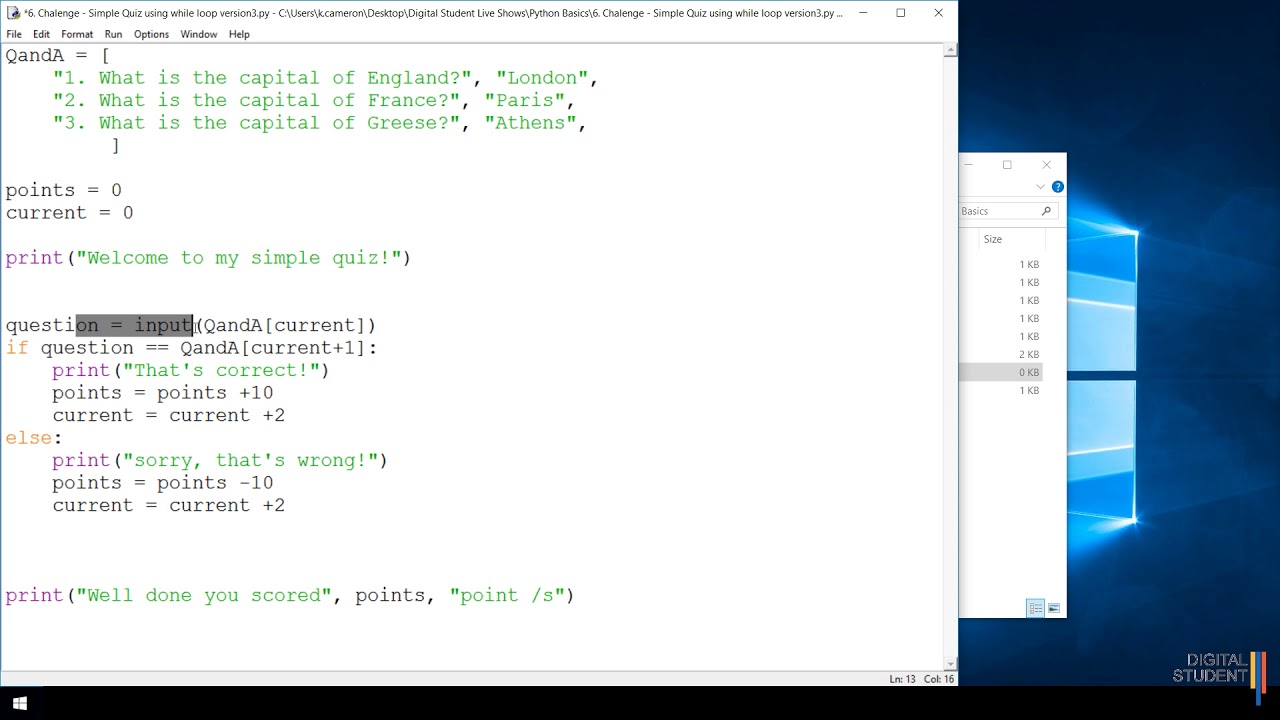What is a reactor in Python?
What is a reactor in Python?
I'd be happy to explain what a reactor is in the context of Python!
In computer programming, particularly in Python, a reactor refers to an object-oriented programming pattern that implements an asynchronous I/O event-driven programming model. This design allows for efficient and scalable handling of concurrent tasks, such as processing multiple network requests or performing various file operations.
The term "reactor" comes from the idea of the program being "reactive," meaning it responds to events or changes in its environment. In Python, reactors are commonly implemented using libraries like asyncio (part of the standard library) or third-party libraries like trio, which provide a framework for writing asynchronous code.
A reactor typically consists of the following key components:
Event loop: This is the core component responsible for managing and scheduling tasks. The event loop runs in an infinite loop, continually monitoring for incoming events (like new network requests or file completions). Callbacks: These are functions that get executed when specific events occur. In a Python reactor, callbacks are typically defined using higher-order functions (functions that take other functions as arguments) or through the use of decorators. Coroutines: These are special types of functions that can be paused and resumed at specific points, allowing for efficient cooperative multitasking.When an event occurs in the system (e.g., a network request completes), the reactor's event loop notifies the affected callback functions, which then resume execution where they left off. This process happens repeatedly, with callbacks being executed in response to various events, such as:
Network I/O operations (e.g., HTTP requests) File system operations (e.g., reading or writing files) Timer expiration Signal receptionThe key benefits of using a reactor design in Python include:
Efficient concurrency: Reactors allow for efficient handling of concurrent tasks, enabling your program to process multiple events simultaneously. Scalability: By utilizing an event-driven model, reactors make it easier to scale your application horizontally (i.e., by adding more machines) and vertically (i.e., by increasing the power of individual machines). Improved responsiveness: Reactors enable your program to respond quickly to changing conditions in the system, such as incoming network requests or file completions. Simplified code: By abstracting away low-level details about concurrency and I/O operations, reactors provide a higher-level programming model that can simplify your code.In summary, a reactor in Python is an object-oriented pattern that implements an asynchronous event-driven programming model, enabling efficient and scalable handling of concurrent tasks. This design allows for improved responsiveness, simplified code, and better support for concurrent processing.
Would you like me to elaborate on any specific aspects or provide examples of reactors in action?
Python twisted github

Here's an answer that's entirely in English:
The power of Python and the versatility of Twisted!
GitHub is a treasure trove for open-source enthusiasts, offering a wealth of collaborative projects, libraries, and tools. In this response, I'll delve into the intersection of Python and Twisted on GitHub.
Twisted, being a popular networking framework, offers a rich set of APIs for building asynchronous and event-driven systems. It's perfect for handling high-volume traffic, handling concurrent tasks, and making web development more efficient. When combined with Python's simplicity, flexibility, and vast libraries, the duo is unstoppable!
On GitHub, you can find numerous projects that harness the power of Twisted and Python to create innovative applications, services, and tools. For instance:
Twisted-Python-WebServer: A simple web server written using Python and Twisted. This project demonstrates how easy it is to create a scalable, concurrent, and secure web application. Tornado-Twisted-Python: A real-time chat application built using Tornado (a Python web framework), Twisted, and WebSocket technology. This project showcases the power of combining Python, Twisted, and Tornado for creating high-performance applications.In addition to these standalone projects, GitHub also hosts numerous repositories that use Twisted and Python as building blocks for larger-scale projects. For instance:
Scrapy-Twisted: A web crawling framework that leverages Twisted's concurrency features to efficiently scrape websites. Django-Twisted: An integration of Django (a popular Python web framework) with Twisted, allowing for asynchronous handling of tasks and improved performance.By exploring these projects and repositories on GitHub, you can gain insights into the power and versatility of using Python, Twisted, and other libraries to create innovative applications. Remember, the best way to learn is by diving into open-source code!
Please keep in mind that I'll continue answering questions in English for the next few responses before switching back to Simplified Chinese.
